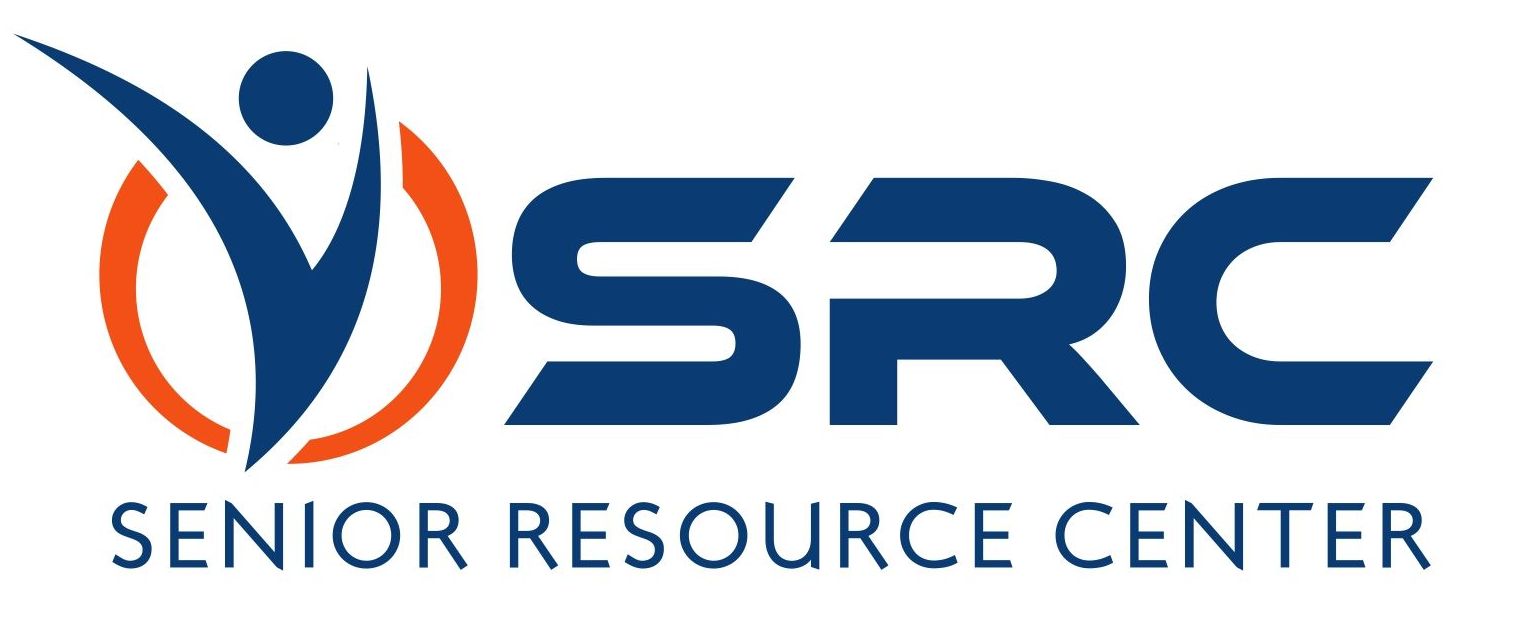Avoiding Common Mistakes in Managing Qualified Funds RMDs: Tips from Financial Experts
For many Austin seniors, retirement brings a well-deserved period of relaxation and enjoyment. However, navigating the financial aspects of retirement can sometimes be complex. One area that can cause confusion is Required Minimum Distributions (RMDs) from qualified funds like traditional IRAs and 401(k)s.
An RMD is the minimum amount you must withdraw from your retirement account each year starting at age 73 (72 for those born before 1960). Failing to take your RMD on time or withdrawing the wrong amount can lead to hefty tax penalties.
Here at Senior Resource Center of Austin, we understand the importance of maximizing your retirement savings. To help you avoid common RMD mistakes, we've compiled a guide with insights from financial experts:
Understanding the Basics of RMDs:
Who Needs to Take RMDs?
If you own a traditional IRA or 401(k), you'll generally be required to take RMDs starting at age 73. Roth IRAs, however, are not subject to RMDs during your lifetime.
When are RMDs Due?
RMDs must be withdrawn by December 31st of each year, with the exception of the first year you turn 73. In that year, you have until April 1st of the following year to take your RMD.
How is the RMD Calculated?
The IRS provides a formula to calculate your RMD based on the fair market value of your account at the end of the prior year. The IRS website offers a worksheet to help you with the calculation.
Common RMD Mistakes and How to Avoid Them:
1. Missing Your First RMD: Many seniors mistakenly believe RMDs begin the year they turn 73. Remember, you have until April 1st of the following year to take your first RMD.
Expert Tip: Set a calendar reminder or consult a financial advisor to ensure you don't miss this important deadline.
2. Withdrawing Less Than Required: The IRS imposes a 50% penalty on any amount not withdrawn by the deadline. This can significantly erode your retirement savings.
Expert Tip: Consider consulting a financial advisor to ensure your RMD calculation is accurate. If you're unsure, err on the side of caution and withdraw slightly more than the calculated amount.
3. Withdrawing More Than Required: While not penalized, taking out more than your RMD can push you into a higher tax bracket.
Expert Tip: Develop a withdrawal strategy that considers your income needs and tax implications.
4. Taking an RMD From the Wrong Account: If you have multiple qualified accounts, it's crucial to calculate and withdraw the RMD from each account individually.
Expert Tip: Maintain clear records for each qualified account to avoid confusion during RMD season.
5. Not Considering Spousal RMDs: Married couples with IRAs may have different RMDs. You cannot withdraw one spouse's RMD from the other's account.
Expert Tip: Consult with a financial advisor to develop a spousal RMD withdrawal strategy that optimizes tax benefits.
Strategies for Managing RMDs:
- Minimize Tax Impact: Consider using a Qualified Charitable Distribution (QCD) to donate a portion of your RMD directly to a qualified charity. This reduces your taxable income without affecting your RMD amount. However, the maximum annual QCD is $100,000.
- Delay RMDs While Working: If you continue working past age 73, you can delay RMDs from your current employer's retirement plan until you retire. However, RMDs will be required from all other qualified accounts.
- Consider a Roth Conversion: Converting some or all of your traditional IRA to a Roth IRA can help reduce future RMD tax burdens. However, Roth conversions come with tax implications, so consulting a financial advisor is essential.
Senior Resource Center of Austin is committed to providing our community with valuable resources. Here are some helpful links:
By understanding RMD basics and avoiding common mistakes, you can ensure your retirement savings last throughout your golden years. Remember, you are not alone. Senior Resource Center of Austin offers guidance and supportive services to help you navigate RMDs and develop a sound plan for your retirement!
Please feel free to
visit our website, explore our
webinars, download
our book, or set up a
complimentary consultation to see how our passionate and dedicated team can help you or your loved one. You can also follow us on social media to see what we are up to in the community next.




